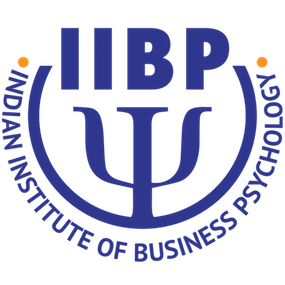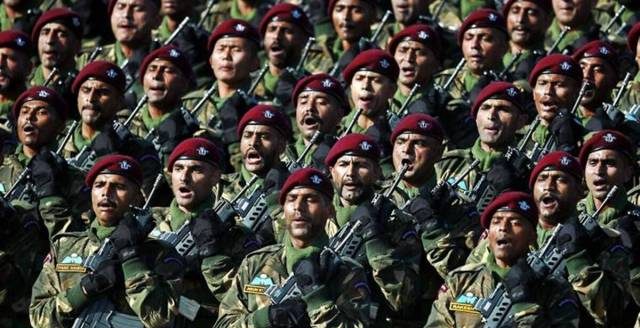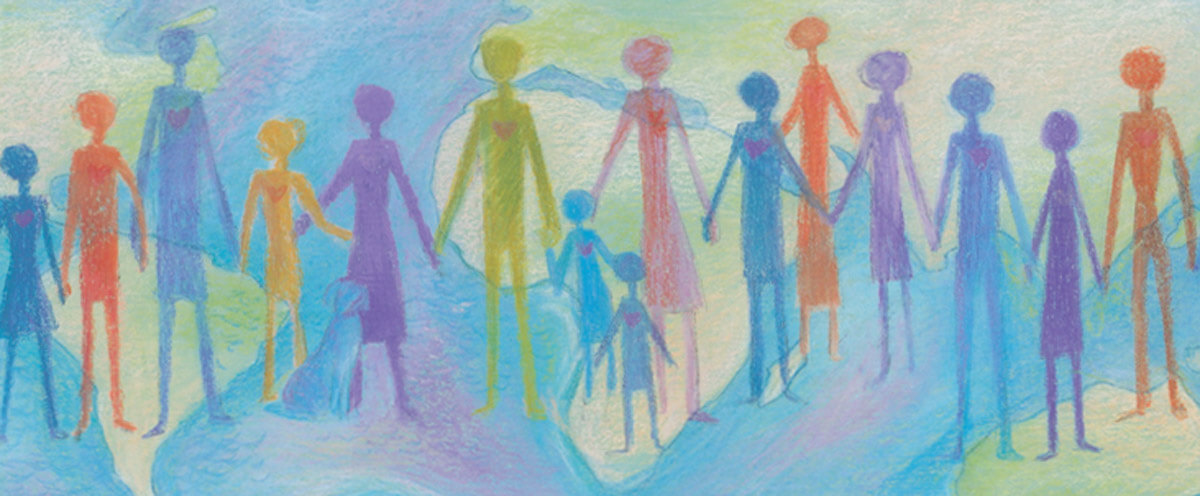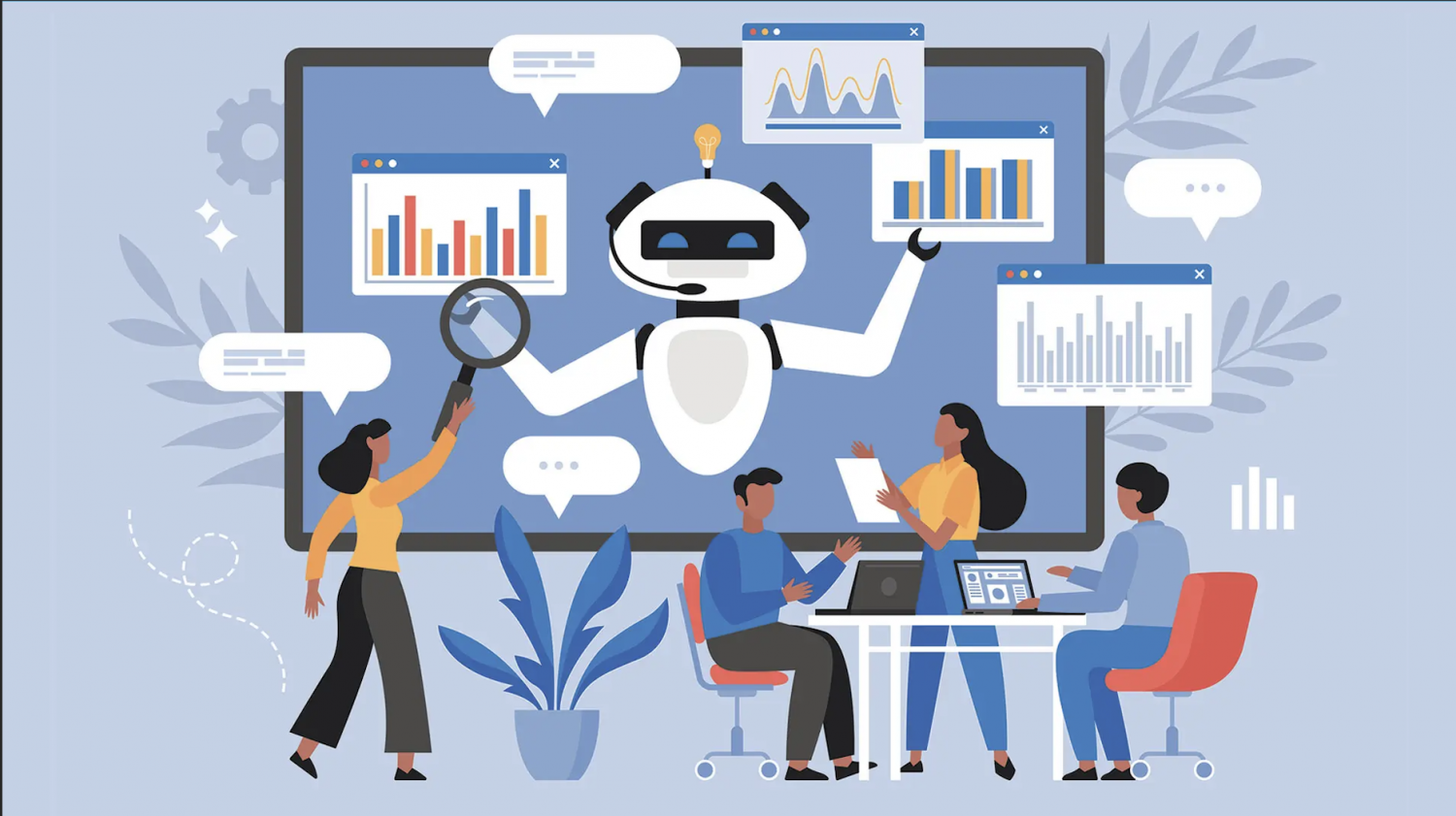As a HR recruiter with experience in hiring psychology interns, I’ve witnessed firsthand the struggles of semi-employed workers. Interns, freelancers, project-hoppers, and short-term contract workers face unique challenges that can take a toll on their mental health and well-being (Tompa et al., 2007). This article explores the concept of psychological precarity in semi-employed workers, its causes, and its consequences. What …
The Perfectionism Trap: How High-Functioning Anxiety Affects Performance
In an achievement-oriented world like that of today, people tend to fall frequently into the trap of perfectionism—a pattern of unrealistic expectations accompanied by an intense fear of failure. High standards and attention to detail could encourage success, but when perfection becomes an obligatory requirement, it may generate a more subliminal challenge: high-functioning anxiety (HFA). High-functioning anxiety is a condition …
Shared Laughter and Stronger Bonds: Bridging Gaps for Multigenerational Team Cohesion and Collaboration
In the context of emerging technological shifts and evolving employee expectations, today’s business highlights generational differences in their workforce, where humor remains a timeless, powerful tool for strengthening relationships and building a sense of oneness. Each organization has its unique humor and quirky phases that are regularly used. Whether it’s a Baby Boomer recalling a fax machine mishap or a …
Work-Life Integration: Women Innovating Organizational Policies for Better Balance
The way we think about balancing work and personal life has changed. Instead of keeping them strictly separate, many now see them as interconnected—an approach known as work-life integration. This shift has been especially meaningful for women, who often juggle multiple roles due to both workplace expectations and societal norms. Research in Industrial-Organizational (I/O) Psychology shows that companies thrive when …
Redefining Leadership: The Transformational Power of Women in I/O Psychology
Leadership extends beyond authority; it is about vision, movement, and change. It nurtures growth, guides teams through uncertainty, and fosters innovation. Women are not challengers to the old but architects of the new-shaping workplaces with empathy, resilience, and transformational impact. When a woman leads with the expertise of Industrial-Organizational (I/O) psychology, she elevates leadership, introduces innovation, and redefines the future …
Workaholism and Work Relations: How Overworking Shapes Workplace Dynamics and Relationships
In today’s fast-paced work environment, putting in extra hours is often seen as a badge of honor. Employees who stay late, answer emails at midnight, and work through weekends are frequently praised for their dedication. However, when working long hours becomes a compulsive habit rather than a choice, it shifts from being productive to being problematic. This is where workaholism …
Team Dynamics, Identity and Cohesion in Regiments: Lessons from Indian Army Units
Military cohesion and leadership has been the driving factor behind military effectiveness since ancient times. Armed forces in democracies are Janus faced organizations that exist not for themselves or by themselves. John H. Johns defined military cohesion as “the bonding of members of an organization or unit in such a way as to sustain their will and commitment to each …
Ethical Leadership and Integrity in Business: Lessons from Ratan Tata
Ethical leadership plays a pivotal role in shaping sustainable and thriving businesses. Leaders who uphold strong moral values foster trust and build organizational cultures rooted in honesty, accountability, and a commitment to the greater good. Ratan Tata, the esteemed former chairman of the Tata Group, serves as a shining example of this leadership style. Under his stewardship, the Tata Group …
Understanding Collective Trauma: The Psychological Impact of Global Conflicts
The past few years have been awash with human-driven uncertainties: territorial disputes, proxy wars, religious radicalization, ethnic cleansing, coups, currency destabilization, anti-immigrant sentiment, trade tensions, biological and cyber warfare, and a worsening climate crisis. These events are not isolated occurrences but interconnected forces that strain the very fabric of global stability. This discord transcends mere ideological differences, testing the limits …
AI for Personalized Employee Development and Training
As Fei-Fei Li, a computer scientist, once said, “AI is not a substitute for human intelligence; it is a tool to amplify human creativity and ingenuity.” AI has successfully incorporated itself into our daily lives and organizations. Human resource managers use it effectively to enhance personalized employee development and training. Tools such as Generative AI and Natural Language Processing (NLP) …










